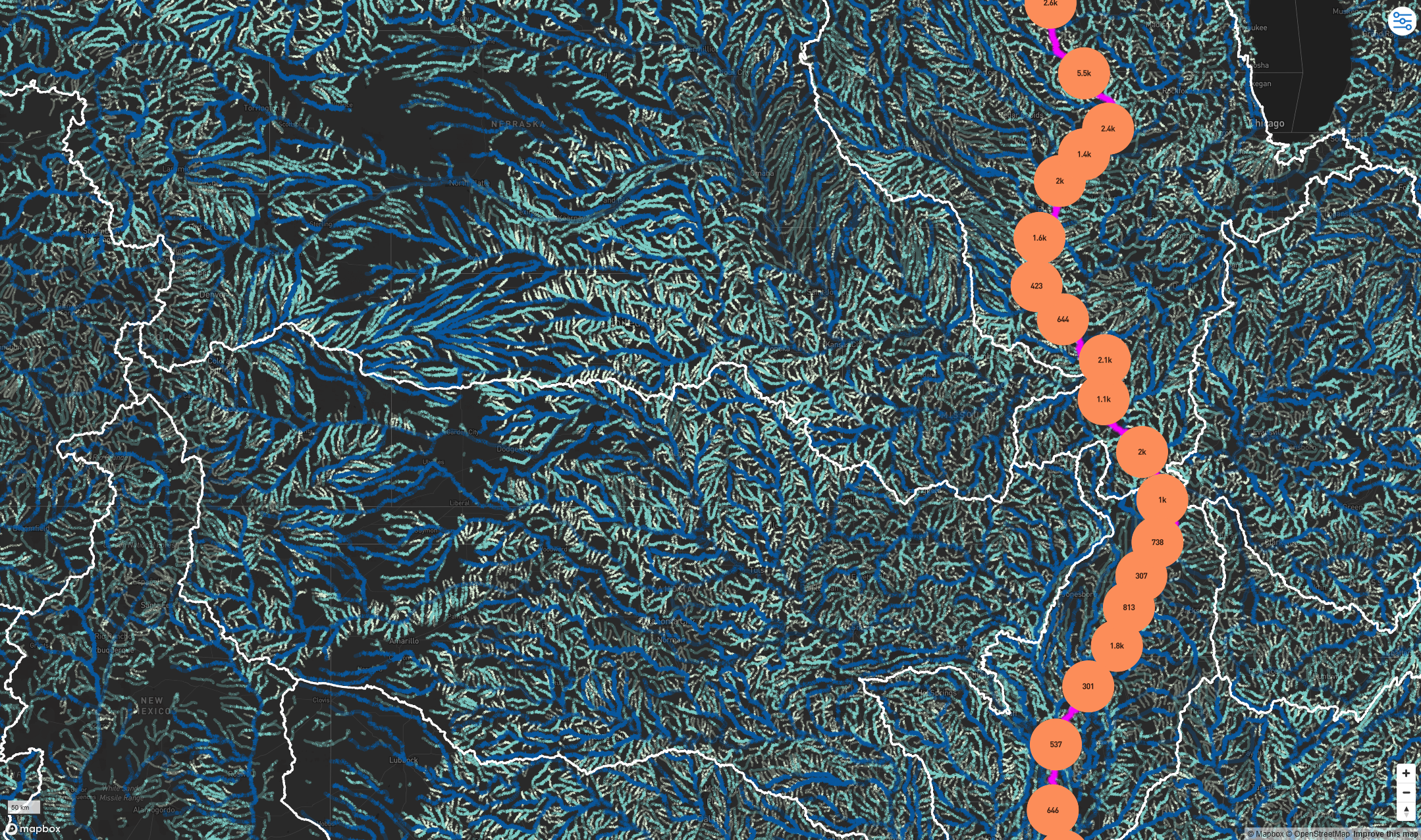Geoconnex: A Connected Future for Water Data
What is Geoconnex?
Developed by the Center for Geospatial Solutions, Geoconnex is an open-source reference system that connects water data to the places it describes. Like a digital street address system for the nation’s water features, it helps link information across agencies, organizations, and regions back to real-world locations, making it easier to find, access, and use information like streamflow measurements, water quality reports, and infrastructure records.
Why This Matters
Geoconnex makes water data easier to find, understand, and use, no matter where it is published. By helping data providers like the United States Geological Survey link datasets through shared location identifiers, it turns fragmented information into a connected, searchable network.
For researchers, policymakers, utilities, and communities, this means faster discovery, better decisions, and greater transparency. Data is automatically harvested and organized around real-world places, creating a seamless bridge between water data providers and users.
How does Geoconnex work?
Geoconnex links water data to real-world hydrologic features (like rivers, watersheds, reservoirs, wells, and monitoring sites) using shared geographic identifiers. It rests on widespread adoption of metadata best practices; participating data providers publish lightweight metadata files that are automatically harvested and indexed to real-world locations.
This powers a connected, searchable catalog that makes it easy to discover relevant data through a map-based interface or other tools built on the open Geoconnex system.

Grounding Data in Real World Waterways

Interested in contributing your data? Participate in the Geoconnex network
Experts in water data, software development, and policy have been developing the Geoconnex system for years. Learn more about the journey in our blogs.



